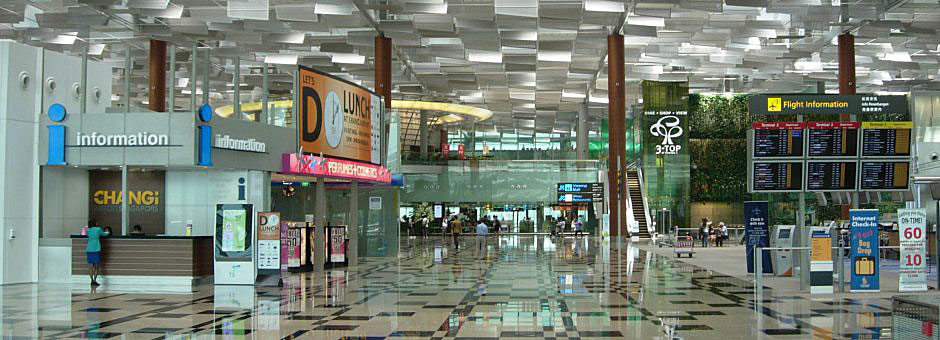Asset Management (ISO 55000 series)
Asset management enables an organisation to achieve its objectives through the effective and efficient management of its assets and facilities. It involves the balancing of costs, opportunities and risks against the desired performance of assets and facilities to achieve the organisation’s business objectives as they change over time. In this regard, balancing might therefore need to be considered over different planning horizons.
Asset management allows the organisation to examine its need for, and performance of, assets, asset systems and facilities at different levels. It also supports the application of analytical approaches towards managing an asset or facility over the different stages of its lifecycle. This can start with the idea of a need for the asset/facility, through its procurement and/or delivery and, ultimately, its disposal, including managing any post-disposal liabilities.
Asset management is covered by a series of standards, where those relating mainly to management systems for asset management are ISO 55000, ISO 55001 and ISO 55002.

Asset management system
An asset management system is a set of interrelated and interacting elements of an organisation, whose function is to establish asset management, its objectives and the processes required to achieve those objectives. The application of an asset management system provides assurance that those objectives can be achieved consistently and sustainably over time.
ISO 55000 Asset management – Overview, principles and terminology provides, as its title implies, an overview of asset management systems as well as the context for ISO 55001 and ISO 55002, which focus on requirements and guidelines respectively for an asset management system. These standards are intended to be used by any organisation that is considering how to:
- improve the realisation of value for their business from their asset base;
- establish, implement, maintain and improve their asset management system; and
- plan, design, implement and review their asset management activities along with service providers.
Benefits
The standard gives examples of the benefits of asset management which include:
- improved financial performance;
- informed asset investment decisions;
- managed risk;
- improved services and outputs;
- demonstrated social responsibility;
- demonstrated compliance;
- enhanced reputation;
- improved organisational sustainability; and
- improved efficiency and effectiveness.
The ISO 55000 series of standards is available from the BSI bookshop.
